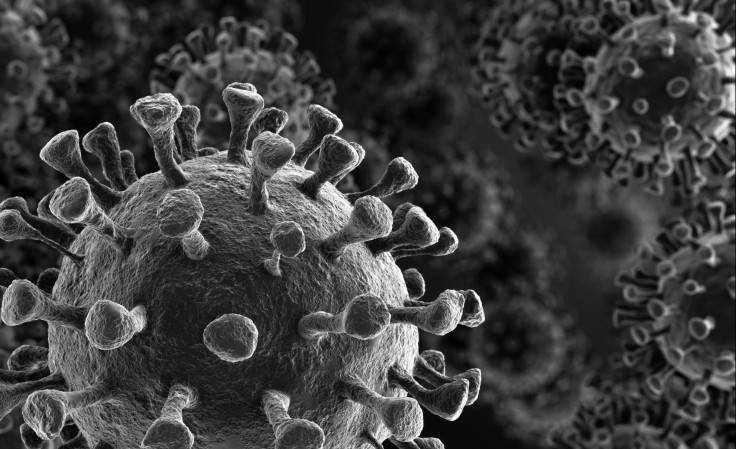
Coronavirus is known to spread from an infected to a healthy individual via respiratory droplets. However, several studies have previously indicated the presence of viral particles in infected patients’ poop as well.
A new study conducted by the American Institute of Physics has revealed how coronavirus particles from infected patients’ poop can potentially spread when he or she flushes the toilet.
During the study, the researchers discovered that airborne coronavirus poop particles may remain suspended in the air -- up to three feet from the toilet -- as a part of the vortex created due to turbulence from a flush. The poop may spew tiny droplets from the toilet that may remain suspended in the air for a few minutes and in case a healthy person shared the bathroom, the particles could be inhaled.
"One can foresee that the velocity will be even higher when a toilet is used frequently, such as in the case of a family toilet during a busy time or a public toilet serving a densely populated area,” said Ji-Xiang Wang, co-author of the study.
It is not clear, however, whether the cloud of virus-containing aerosol droplets is enough to infect the other person. However, it has been recommended to keep separate bathrooms and close the lid of the toilet after flushing, especially when the family knows that a person is infected with the coronavirus.
The researchers used a fluid-dynamics model to figure our and track the movement of droplets in the toilet bowl after an individual flush it.
In the study, the scientists explained how turbulence and changes in airflow are created when the water is pushed down in the bowl. As the water falls into the bowl from one side and splashes to the other side, a vortex is created. Due to inertia, the vortex further moves upward toward the air.
This is how the droplets present in the vortex end up suspended in the air up to three feet of the bowl. The particles are extremely small and they may remain suspended for up to one minute.
The poop of the person has coronavirus particles, it may form a part of the cloud and remain suspended in the air. However, it is unclear whether exposure to these particles can make someone sick.
© 2025 Latin Times. All rights reserved. Do not reproduce without permission.




